The wild is more familiar than different
Reflections from a bison forest
I was lucky enough to visit one of the last remnants of the ancient forest that used to span Europe.
It has never been managed in anyway by people, except to protect it, and is a rare example of a truly ancient woodland.
For me this felt like an almost religious experience. To see what a forest looks like where natural processes have always dominated. That has been a coherent whole since trees emerged millions of years ago.
What stood out for me was how familiar it was.
It is also home to an incredible variety of life including many rare species and some only existing there.
One of the features that makes it unique is the dead wood. Left to stand and to fall, it is a source of life for a huge number of creatures, often more than living trees. In our woods you rarely even come close to this volume of dead wood, in the canopy, on the ground, in the soil.
This was strange and wonderful to see.
Another unfamiliar quality for me were the spruce trees. The forest marks the edge of their range, and they will slowly disappear as the climate warms. Retreating back to the taiga, and venturing into the tundra.
Aside from the departing spruces, the trees that dominate are oaks, hornbeam and linden. Many at spectacular heights and age, but recognisable from our own woods, streets and gardens. Similarly, the most frequent birdsong was the chaffinch. I was able to surreptitiously sample wood sorrel and wild garlic. They competed with ground elder and sweet woodruff in a way that I’ve seen often in my site in Wales, and commonly across the UK.
In the wildflower meadows there was the familiar colourings of yellow from buttercups and dandelions, and blues from germander speedwell. I kept taking photos of interesting looking flowers and plants, to discover they could also be expected to appear in the wildflower meadows we are creating through Wild Mosaic.
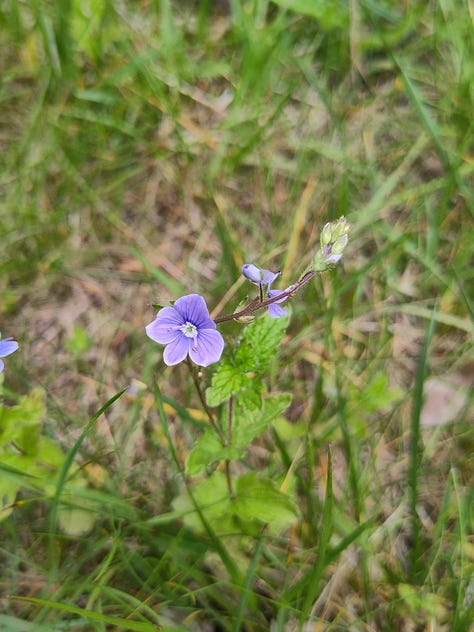

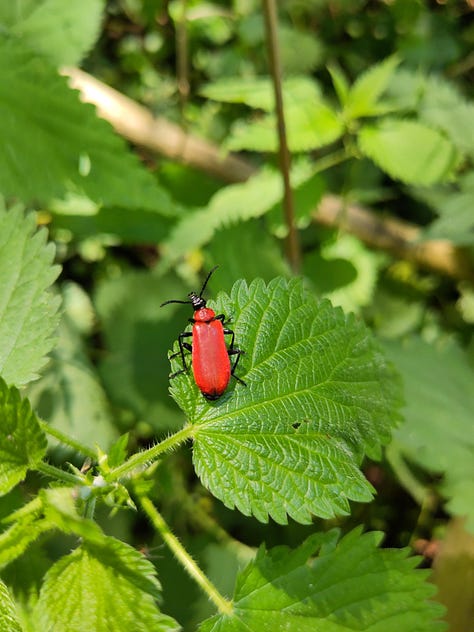
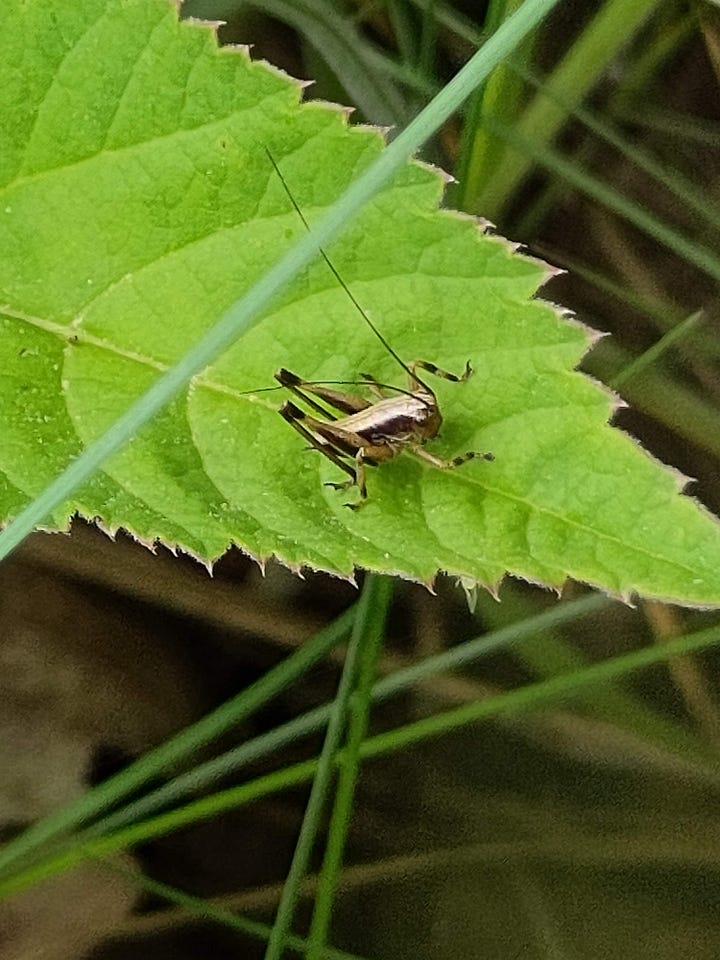

This was more reassuring than disappointing. We are closer to wildness than we think.
We are a long way from the bison that roam that forest, the lynx are still only on the horizon, the storks only just making a tentative return. But all around us are the signs that we share the same world as the ancient forests. They are not so far in distance or time.
The bison… we killed the bison, then brought them back to life.
The forest is called Białowieża Forest, sometimes called the Bison forest. As it is where the last (or perhaps the first) European bison live.
Bison used to be common across Europe. And, in a familiar story, were wiped out through a mix of hunting, land-use change and carelessness.
Then, over a number of years, they were brought back to the wild. Bred from the small number that had been left alive in captivity. This population is currently small, and at risk, due to its size and lack of genetic diversity.
We didn’t see any in the wild, we saw them only in a reservation, back in captivity. Here, they are one of the big tourist attractions in the area. More impressive to most than the more mundane looking forest – we’ve all seen trees before.
This wild play with people is fascinating to me. What we consider as wild, how we engage with it. That a caged bison that we have bred back into existence is more easily seen as wild than a forest untouched for millions of years.
But perhaps the ‘untouched’ and ‘wild’ are actually constructs in both cases. The spruce are retreating because of climate change. The forest was protected for hundreds of its most vulnerable years by powerful rulers who decreed it their own personal hunting ground.
I went for a walk in the forest by myself looking for a distinctive feature that I hadn’t been able to see in the guided area. The woodland swamp. But this area was mostly dry from months of unusual drought. I walked too far and came across a warning sign. In the distance a huge metal barrier, cutting the forest in two along the line of the Polish-Belarusian border. I followed a stork back down the path out of the forest.
Rewilding used to be thought of as an effort of returning wildlife and land to a specific state in the past. Often targeting a time before humans had radically shaped the environment. Sometimes pre-industrial, sometimes pre-farming.
But this is both futile and misses the point.
It’s futile because the world is warming, even the ‘wild’ landscape is changing as a result. There was a recent – terrifying – report on the rapid decline of insects in protected areas of Costa Rica. This is before we consider the pollution through plastics and other chemicals. Of our land, air, waters, bodies. This seeps through to places we don’t even touch directly.
It misses the point because rewilding isn’t an attempt at time travel, it’s an attempt at changing our relationship to the rest of the living world. By creating more space for habitat, by encouraging the return of wildness, and being part of that process.
This also involves playing with paradox. Ideas of separateness of culture and nature; of wild and civilized. Intertangling these again. Rediscovering old ways to be part of the land, and finding new ways for this to be possible in a changed and changing world.
For me, this is one of the most appealing parts of rewilding. It is walking into an unknown. There are clues from the past: ancient woodlands, iconic species, indigenous knowledge. But we have to bring them together in new ways.
Wild Mosaic is my experiment in this, still forming, always incomplete. And I’m grateful for the rewilders that have chosen to come along on this journey with me.


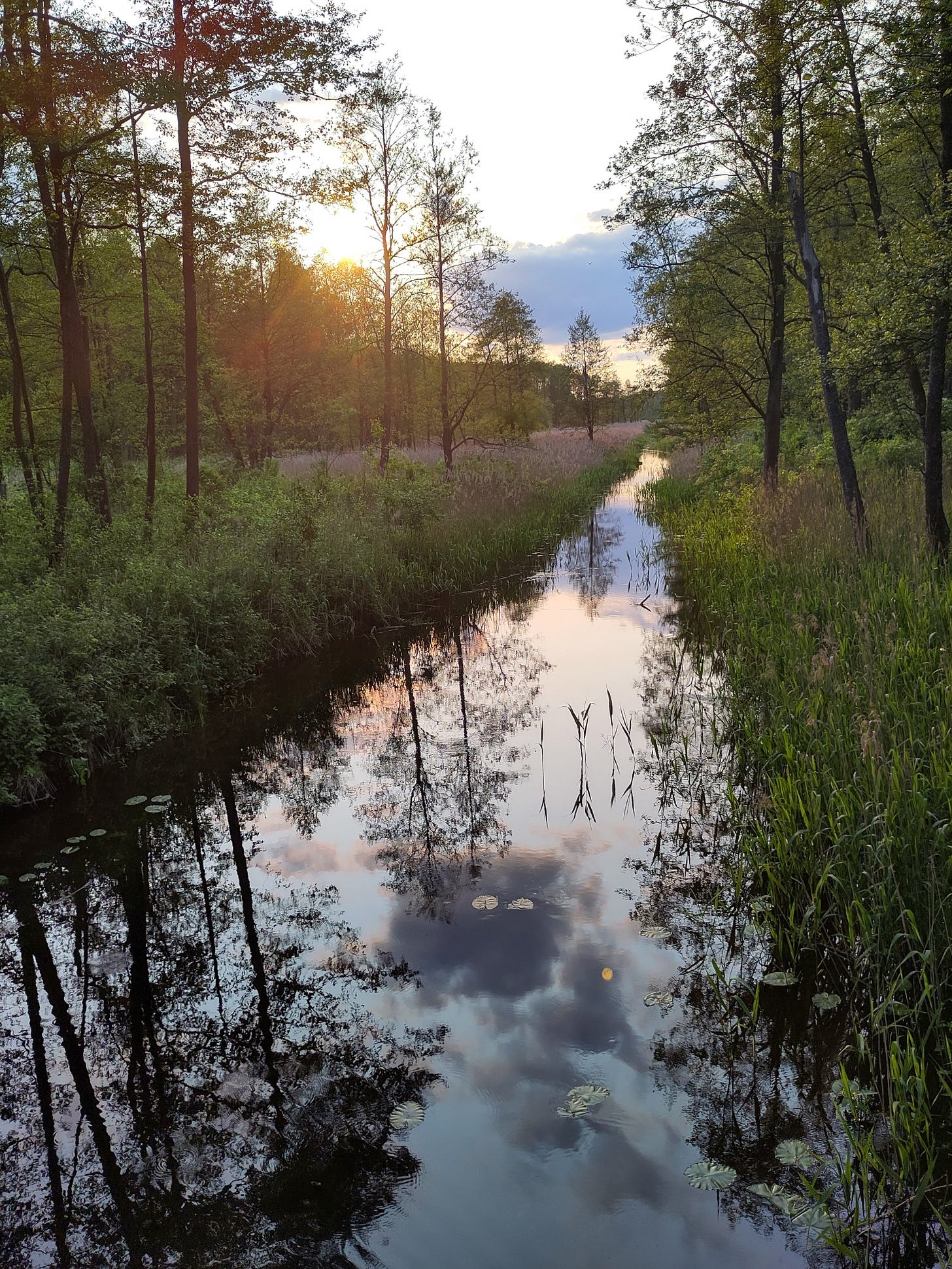
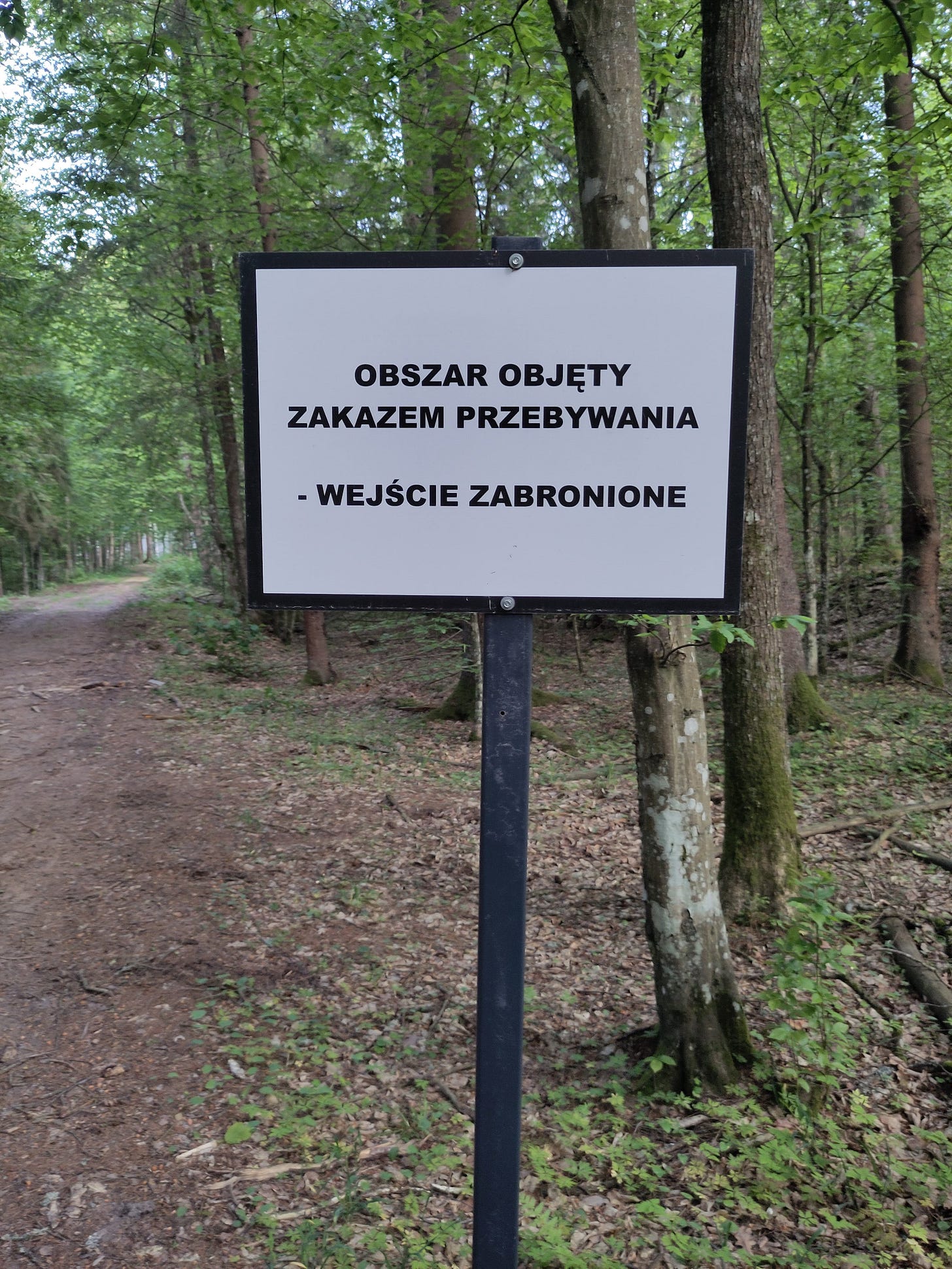
Loved this and would love to visit there myself sometime. We have bison outside Berlin (enclosed, albeit over a large area) and even glimpsing those was magical.